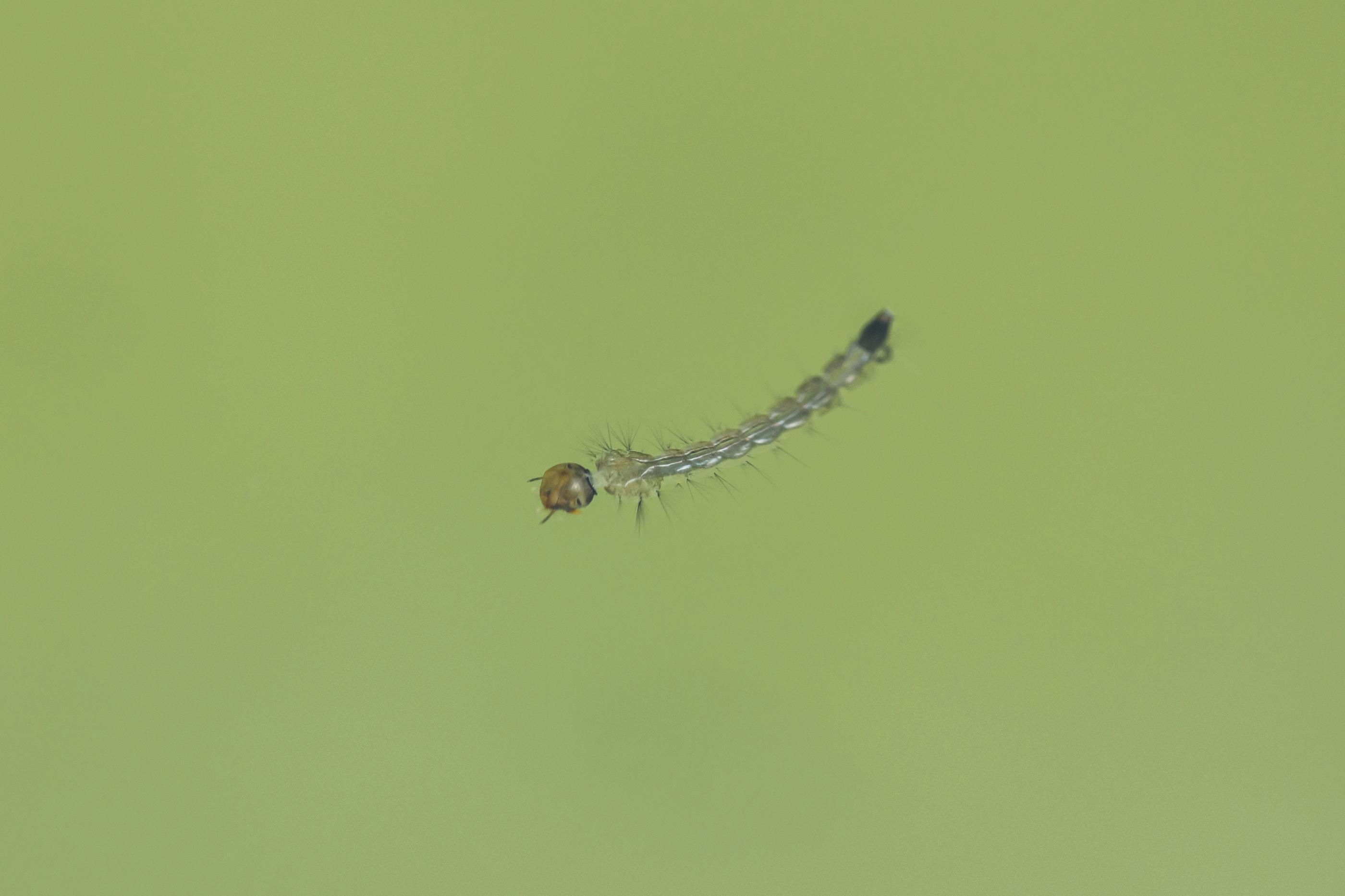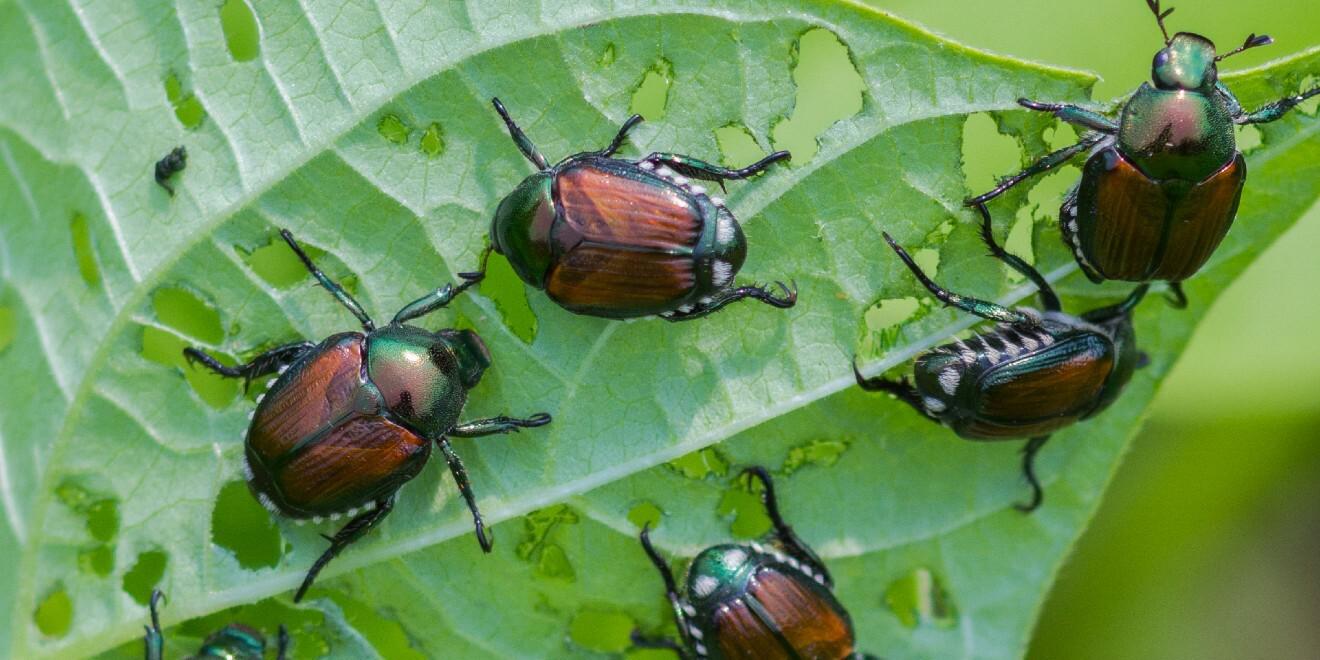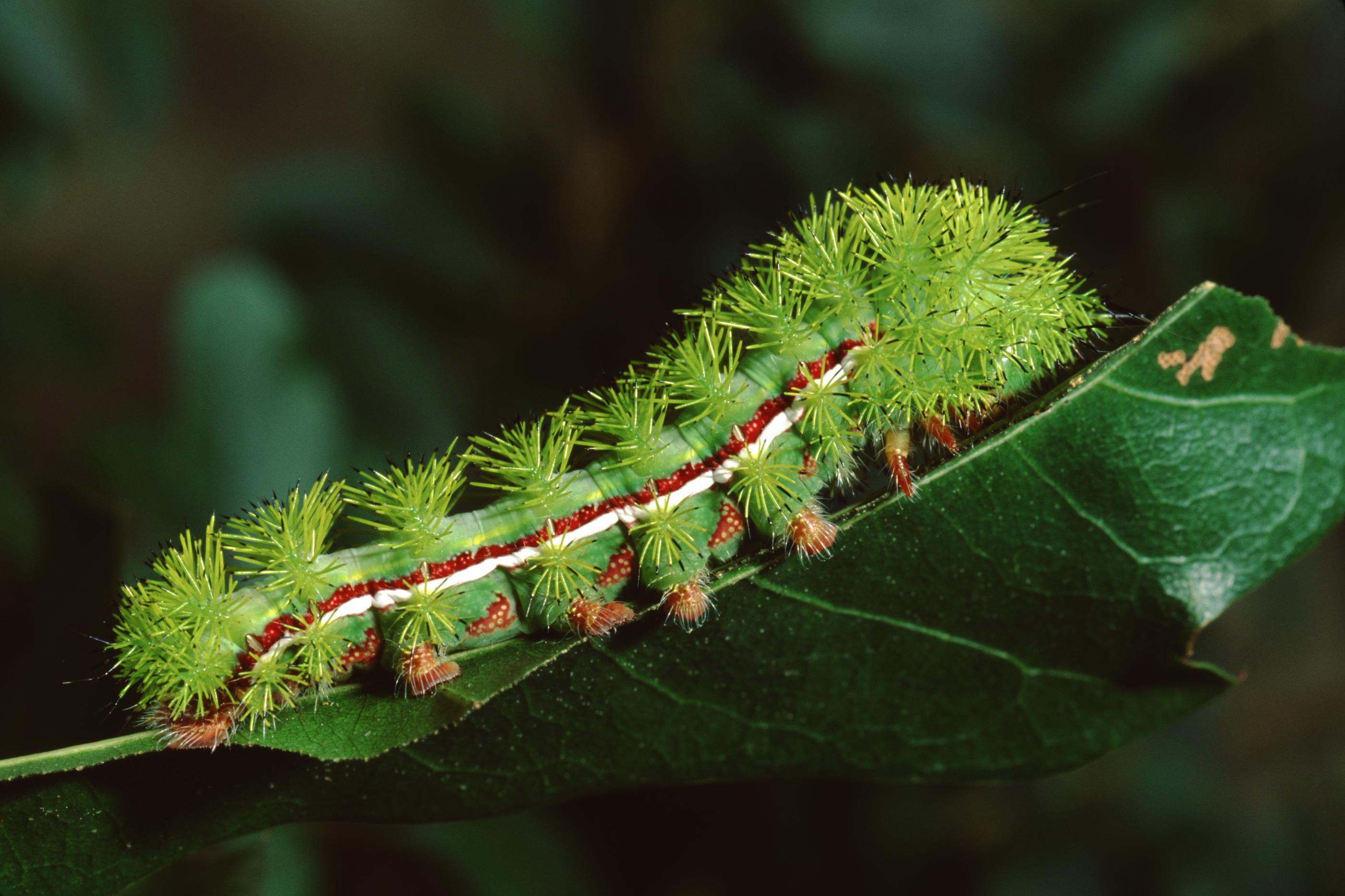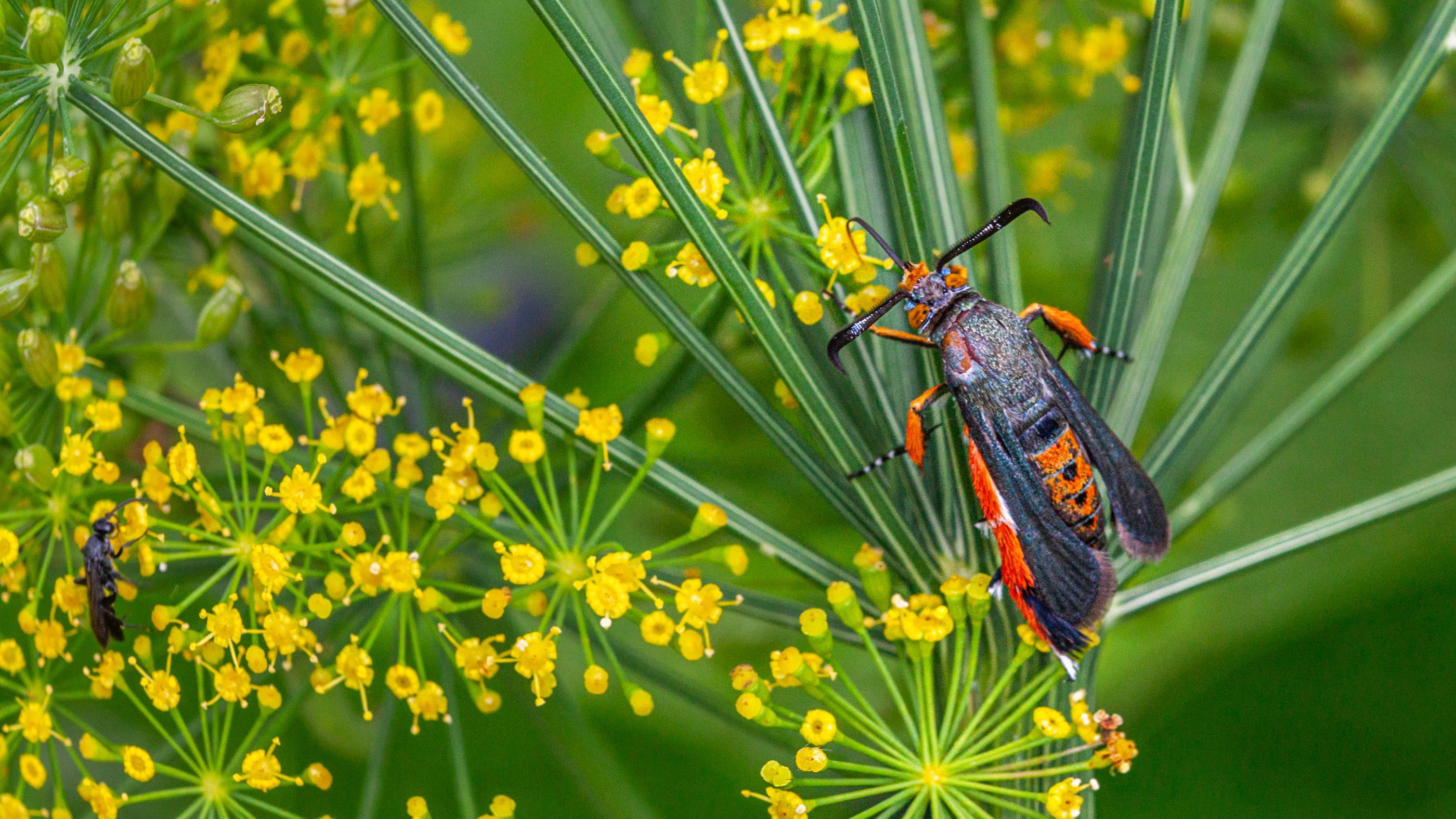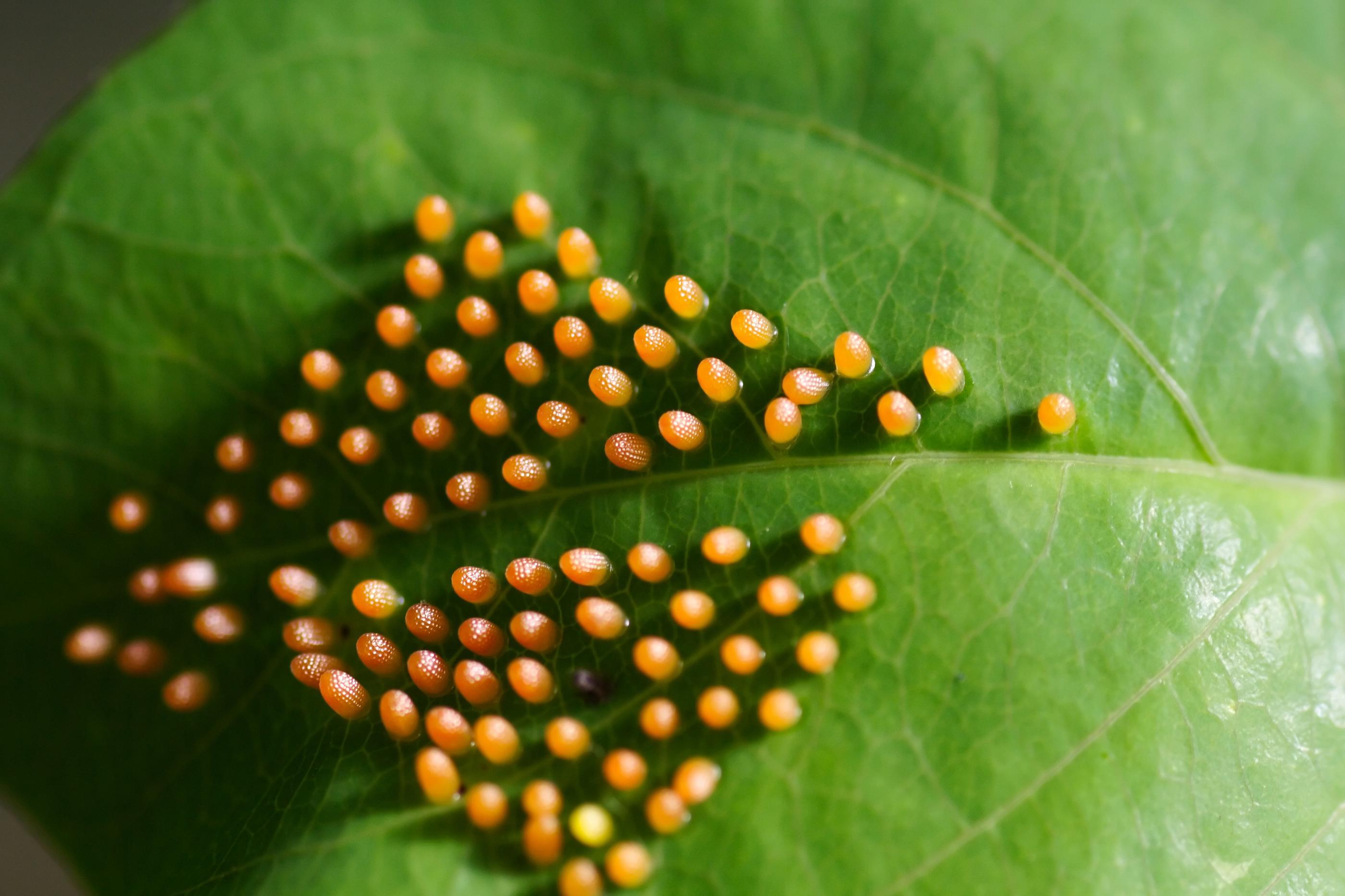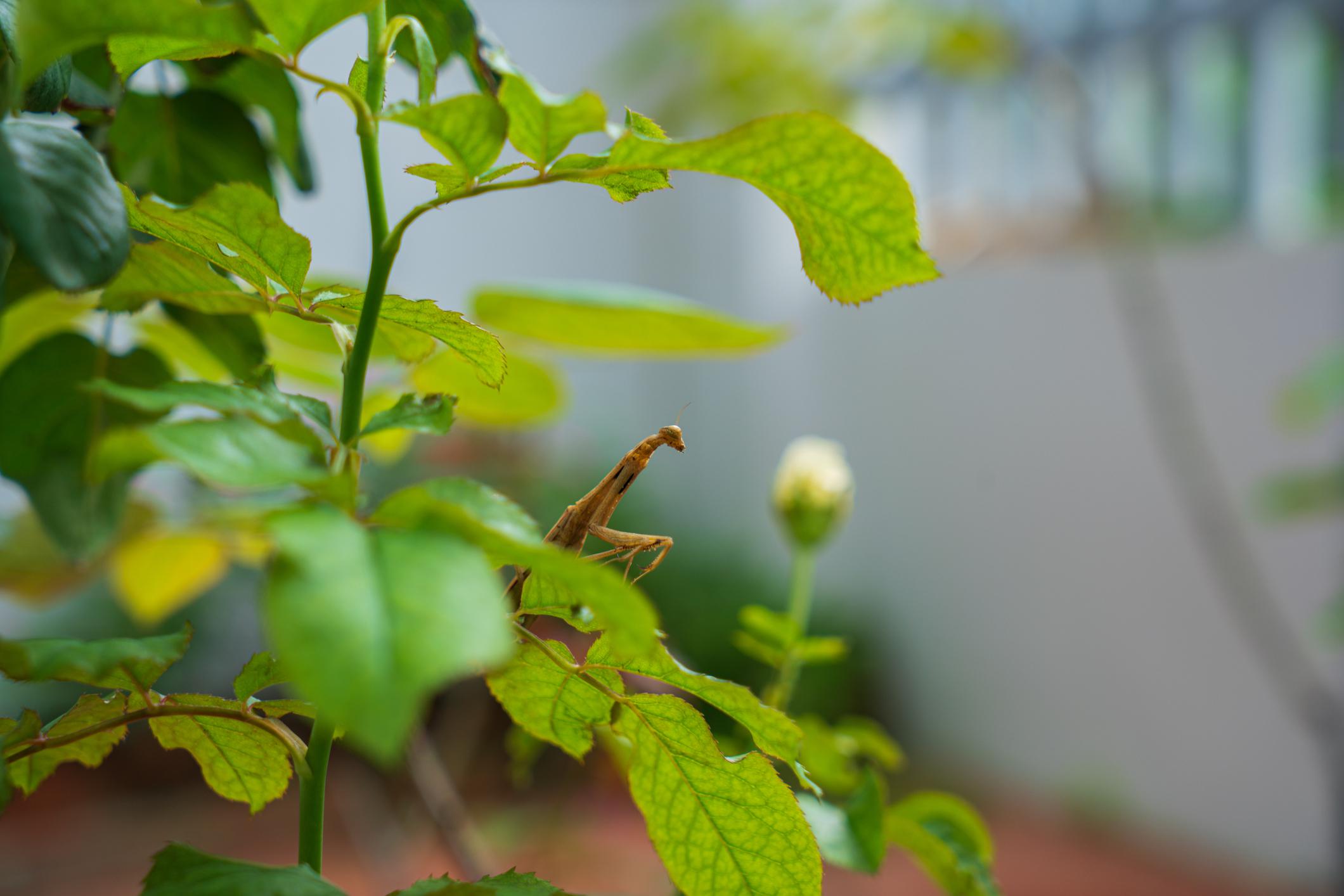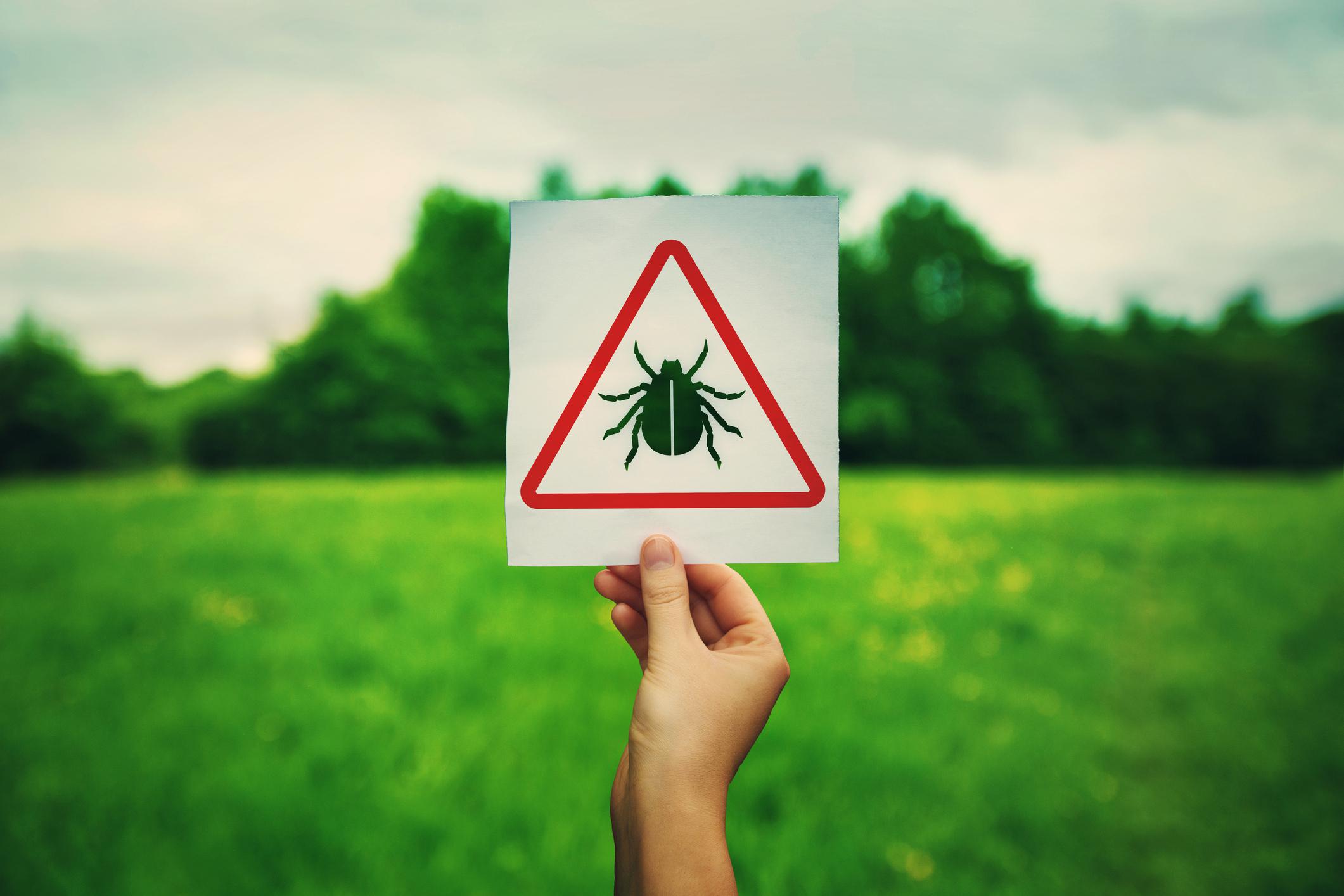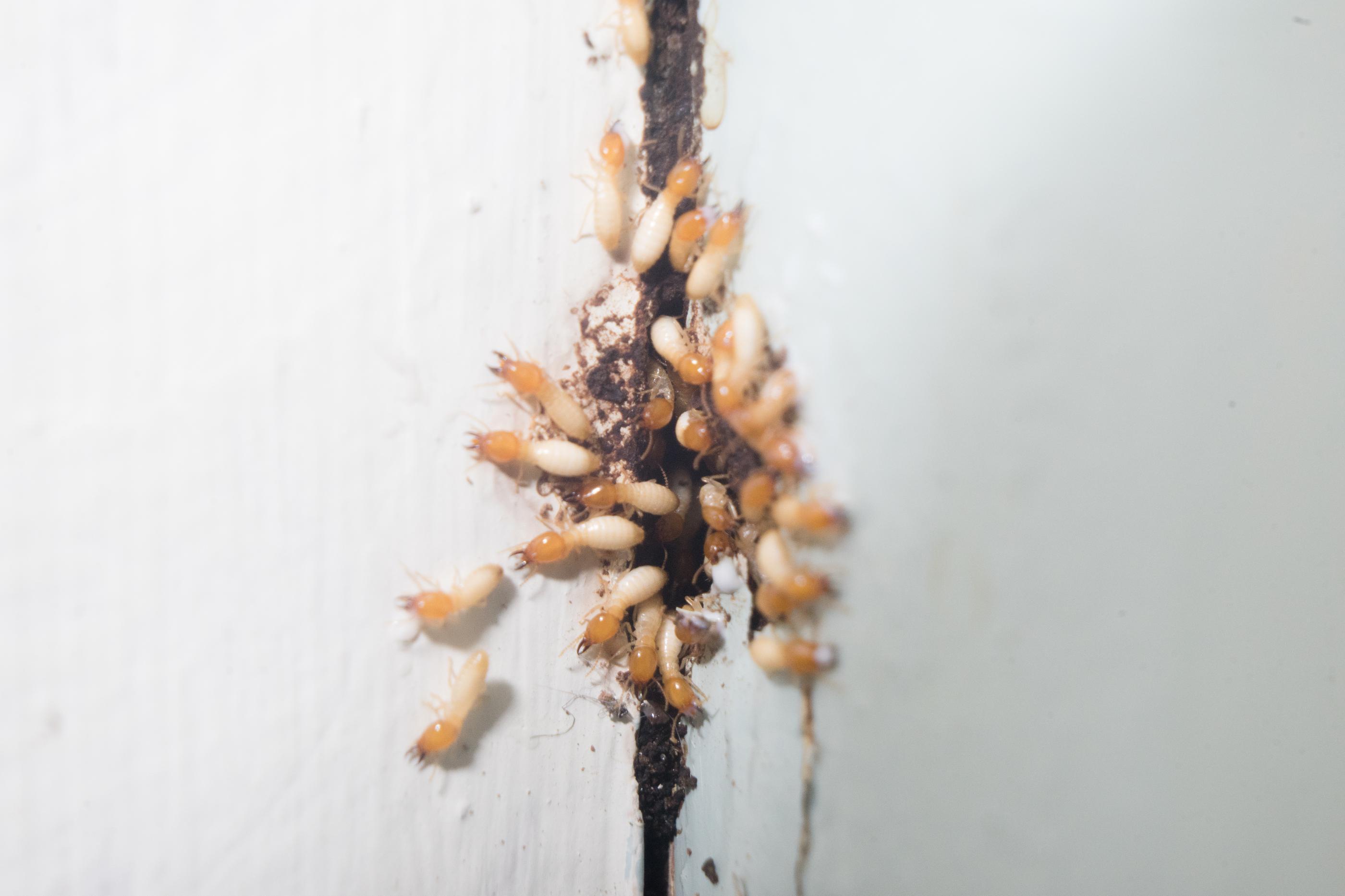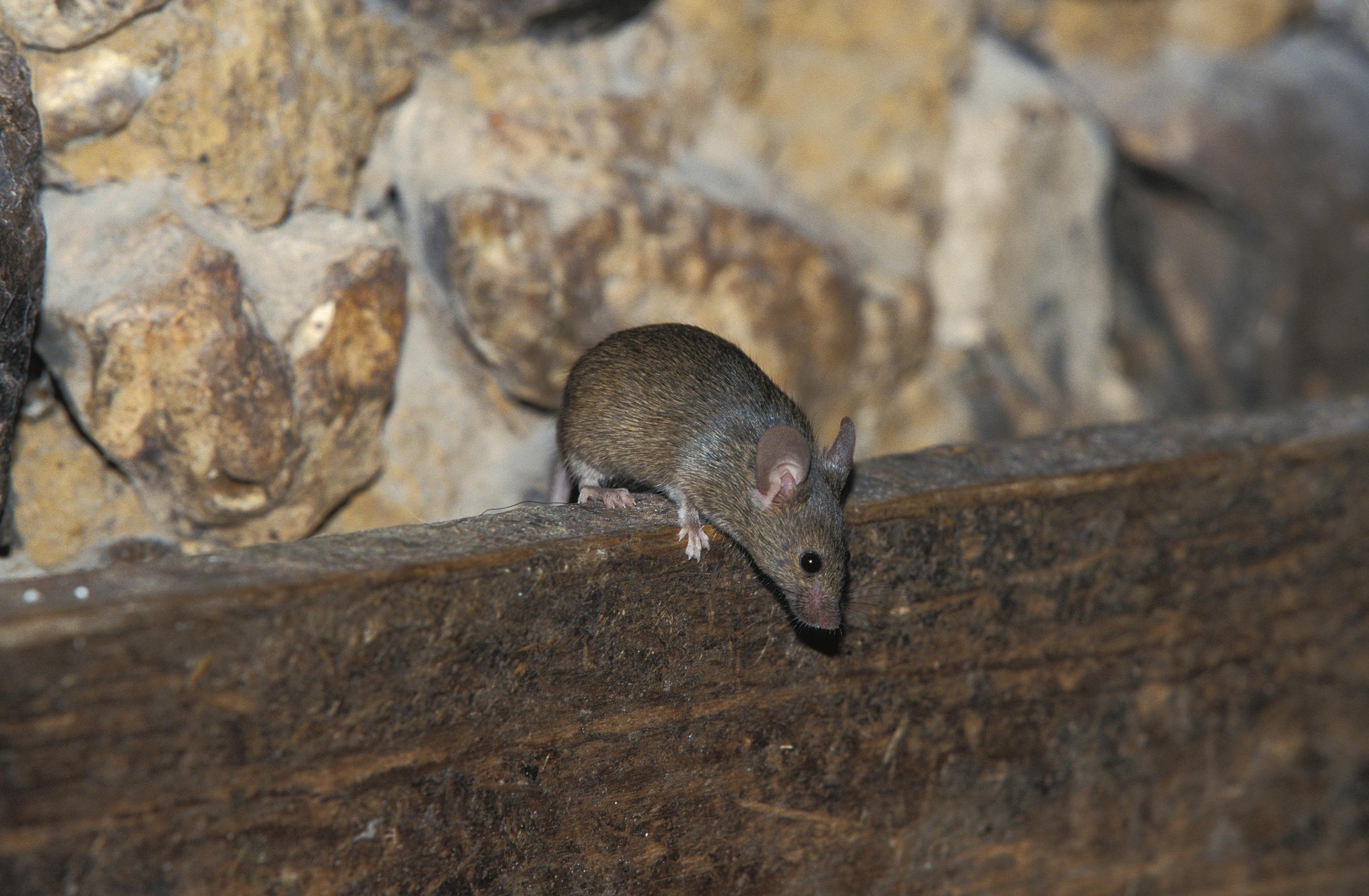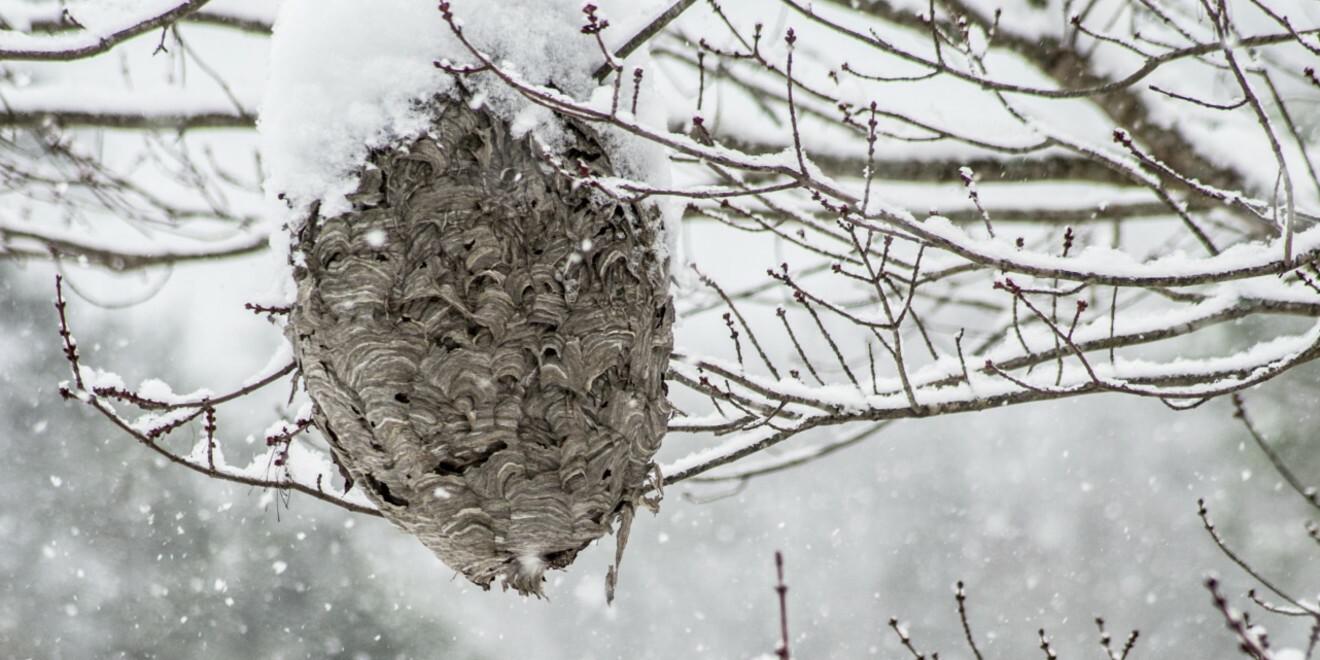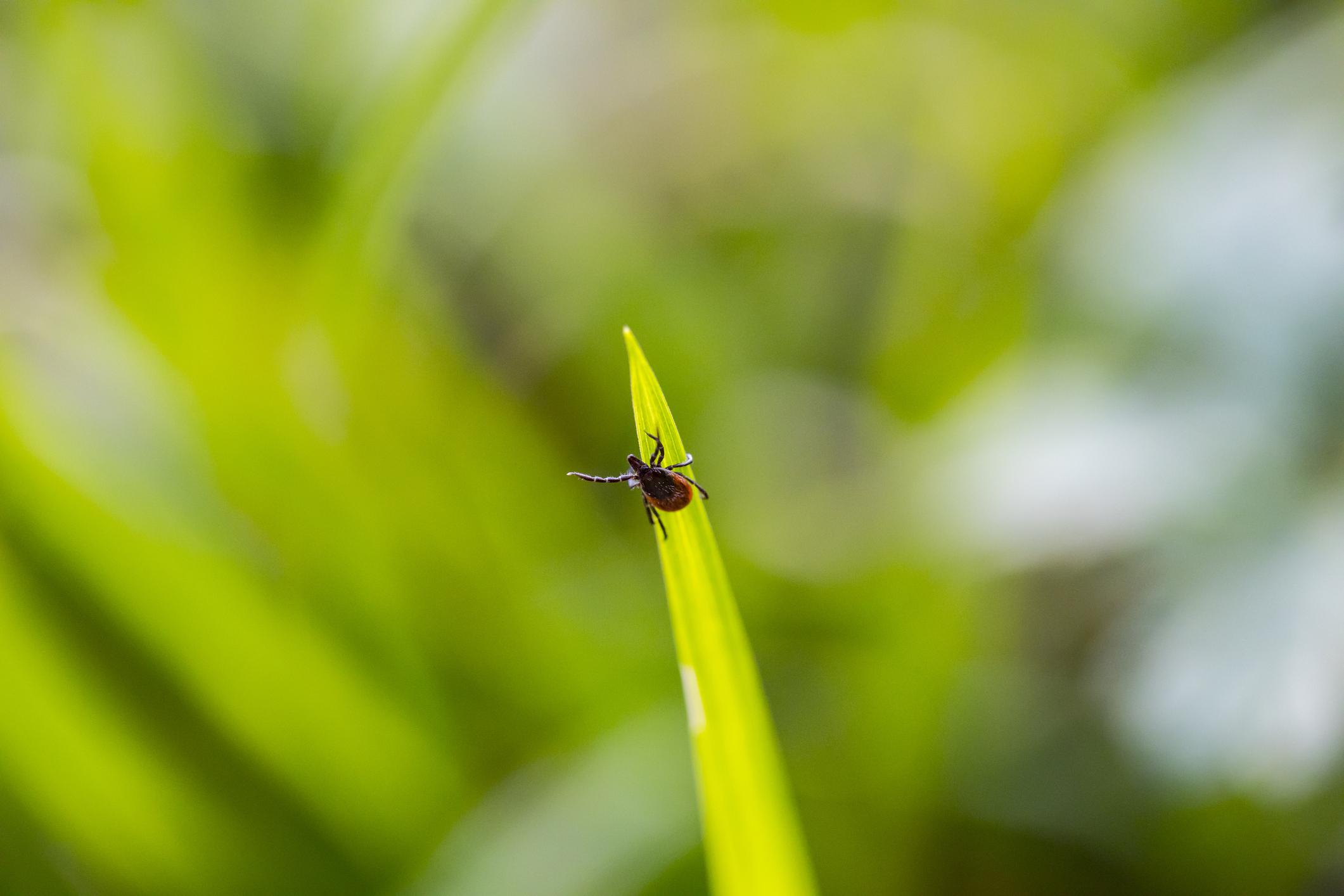It's Cicada Season!
Posted by Mosquito Squad
December 19, 2023
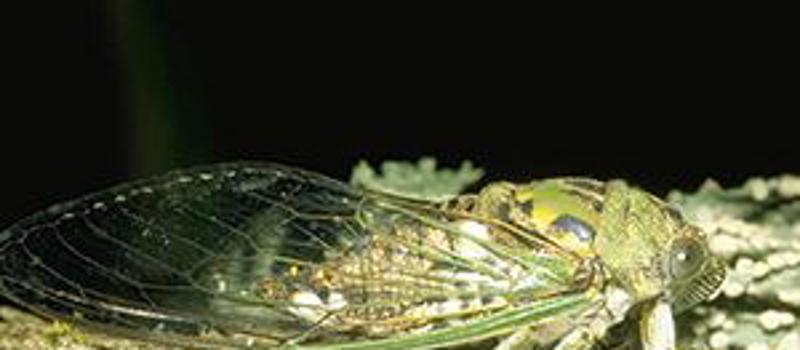
The sounds of summer here in Texas include the loud and seemingly constant song of cicadas. Unfortunately, most of us don’t know much about them.They get called katydids, locusts, and pests. We seldom ever see these bugs except for the discarded husks they leave behind. But what is up with these insects, how do they make their noise, why do they leave those creepy shells behind and when will they go away?
The most distinctive feature of cicadas are their sound. Cicadas are the loudest insects in the world, as we Texans know by experience. Most people know that crickets make their noise by rubbing their wings and legs together; cicadas do it differently. Cicadas are like little instruments with a vibrating membrane and a resonance chamber. On the sides of their abdomens they have a vibrating membrane-like structure called a tymbal and the males have enlarged air-filled abdomens that act as a resonating chamber. Cicadas move their abdomens in and out very rapidly, turning individual clicks into the seemingly continuous sound we hear. The males sing to attract females. They sing the most during the hottest weather and have become associated with the dog days of summer.
The other most obvious evidence of cicadas are the empty husks that they leave behind. This is the final molt of the cicada nymph as it emerges from the ground. All that sound is a mating call, and cicadas mate and lay their eggs in trees. Females cut slits in tree bark to lay their eggs and in six to seven weeks the nymphs hatch and fall to the ground and burrow in. Nymphs live underground and feed on plant roots. Some species, called “periodic cicadas,” spend 13 or 17 years under ground; but most emerge in two to five years. They will molt several times while underground and then when they finally emerge from the ground, they molt once more and leave behind a husk.
These insects have several predators, including the cicada killing wasp. They are eaten by birds and squirrels as well. Their song is often loud enough to repel birds, and can prevent predation. In some parts of the world, they are also eaten by people. But most of them are killed by a fungus, or old age. Males die shortly after mating and females continue to lay eggs.
As for the whole katydid/locust/cicada confusion, each are distinct varieties of insects. Locusts and katydids are more closely related to crickets and grasshoppers than to cicadas. Day time buzzing is cicadas, and katydids and crickets take over the night hours. There are over forty species of cicadas in Texas, and they will be around until the weather starts to cool.
Enjoy the dog days of summer, and the daytime song of the cicadas. To hear some of their songs you can find them on this Texas A&M website.

